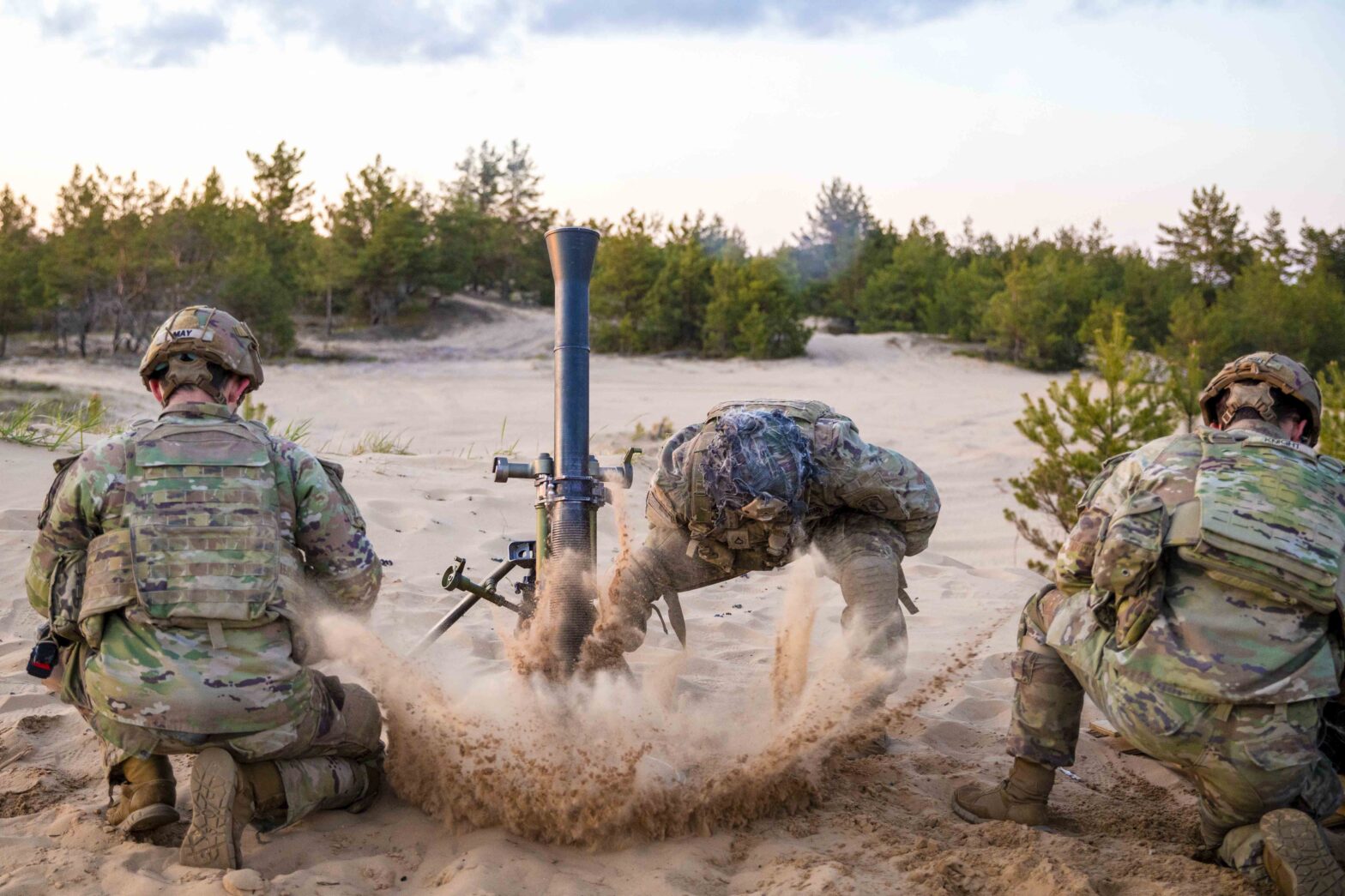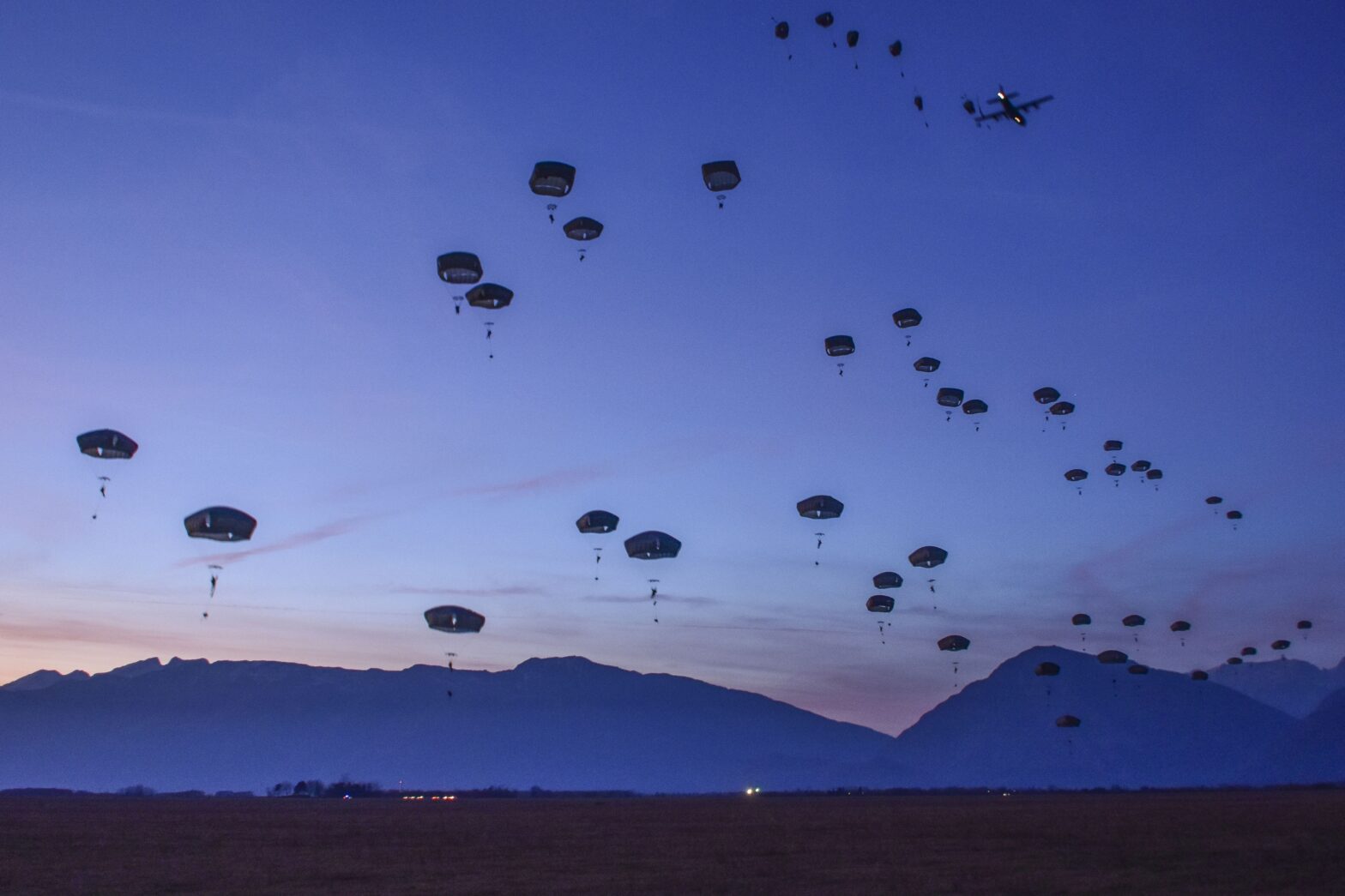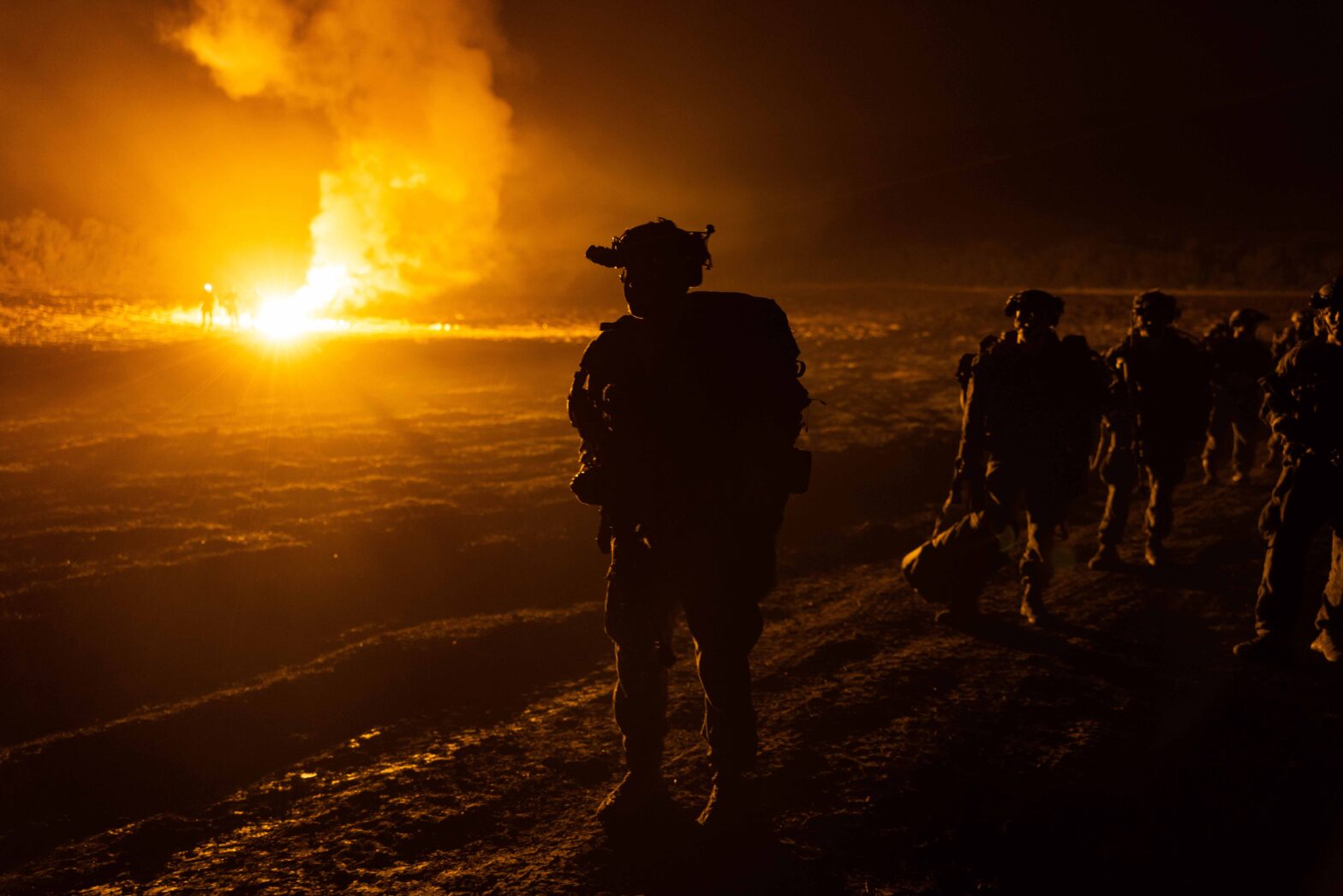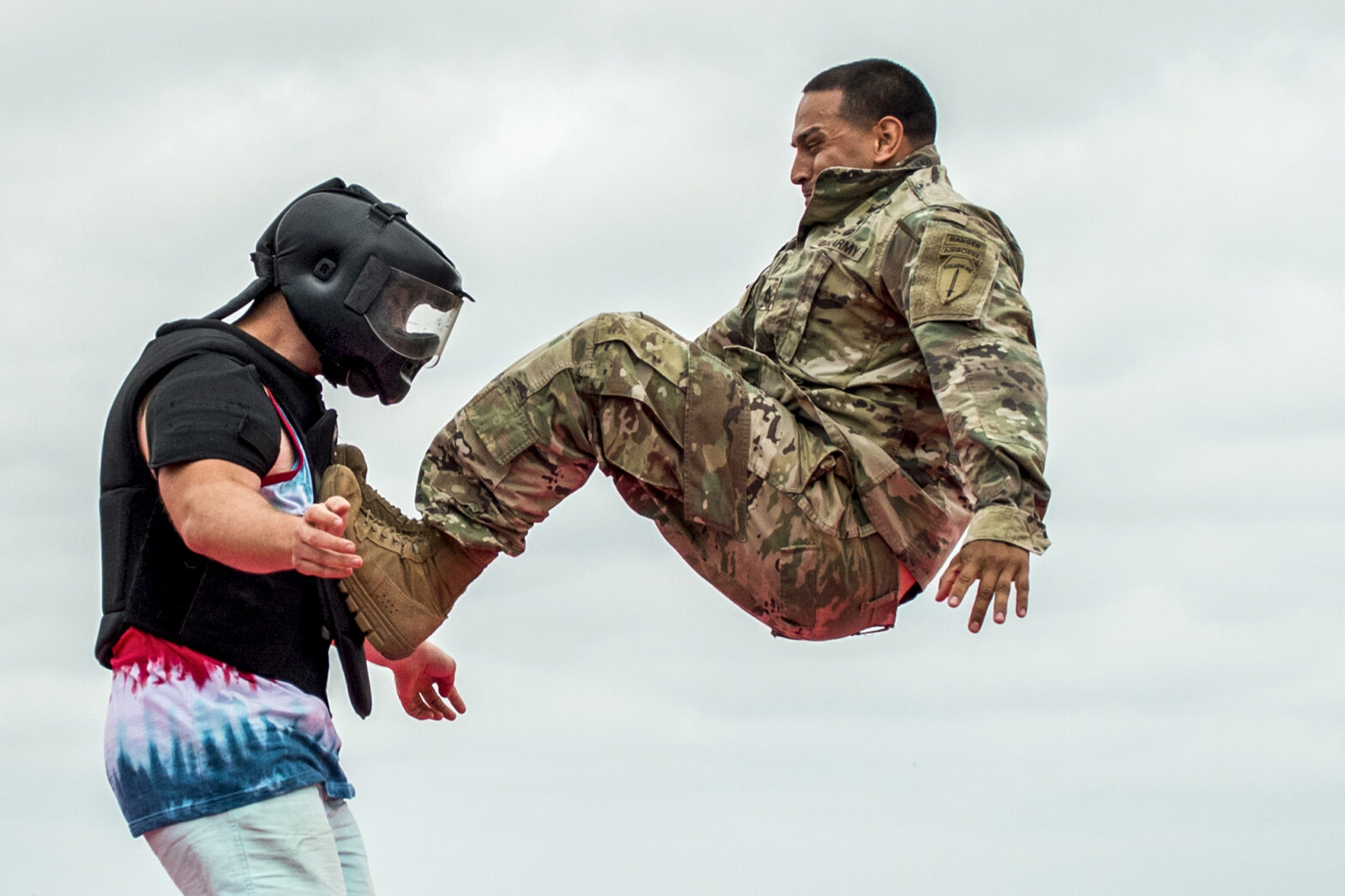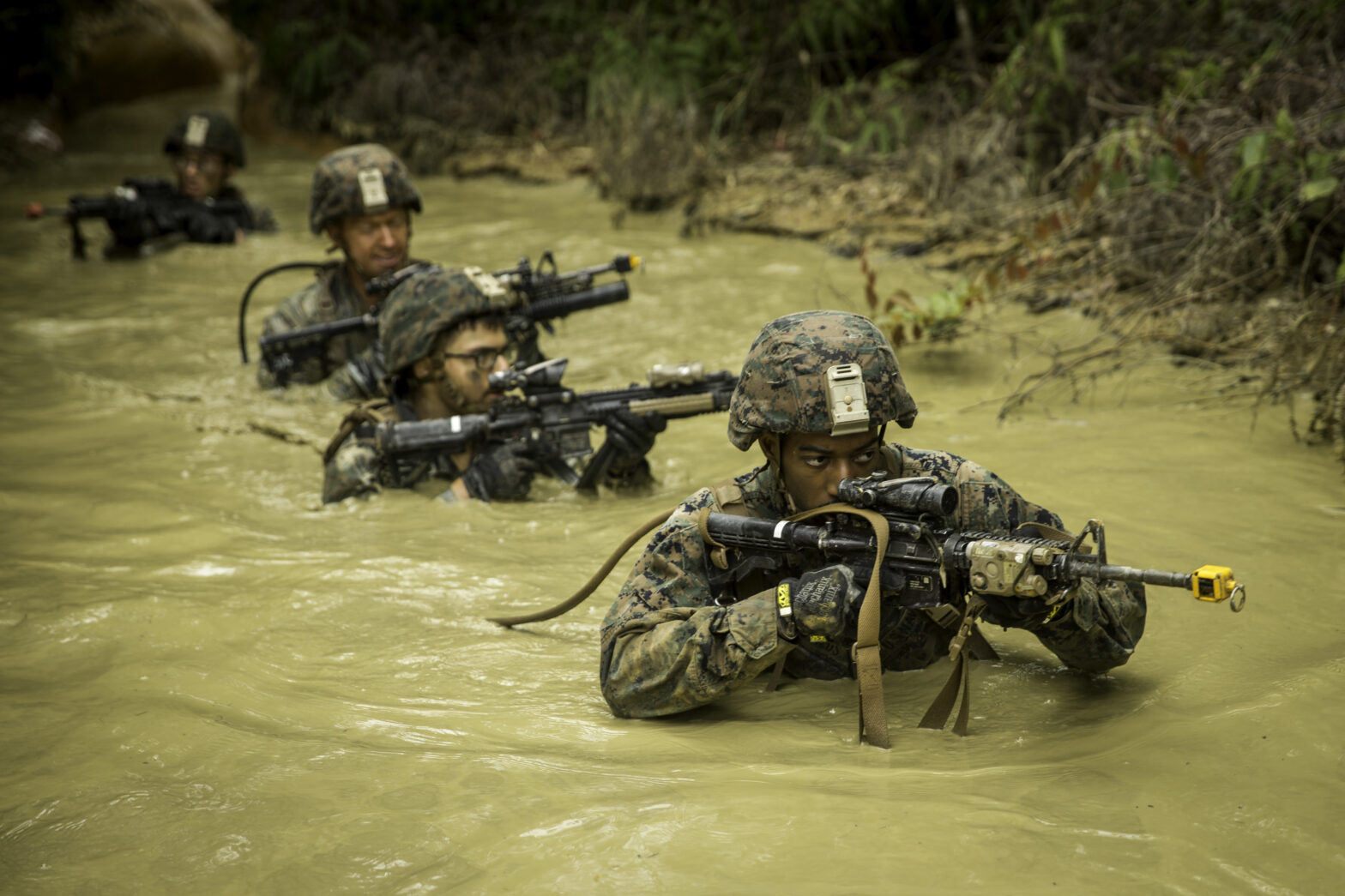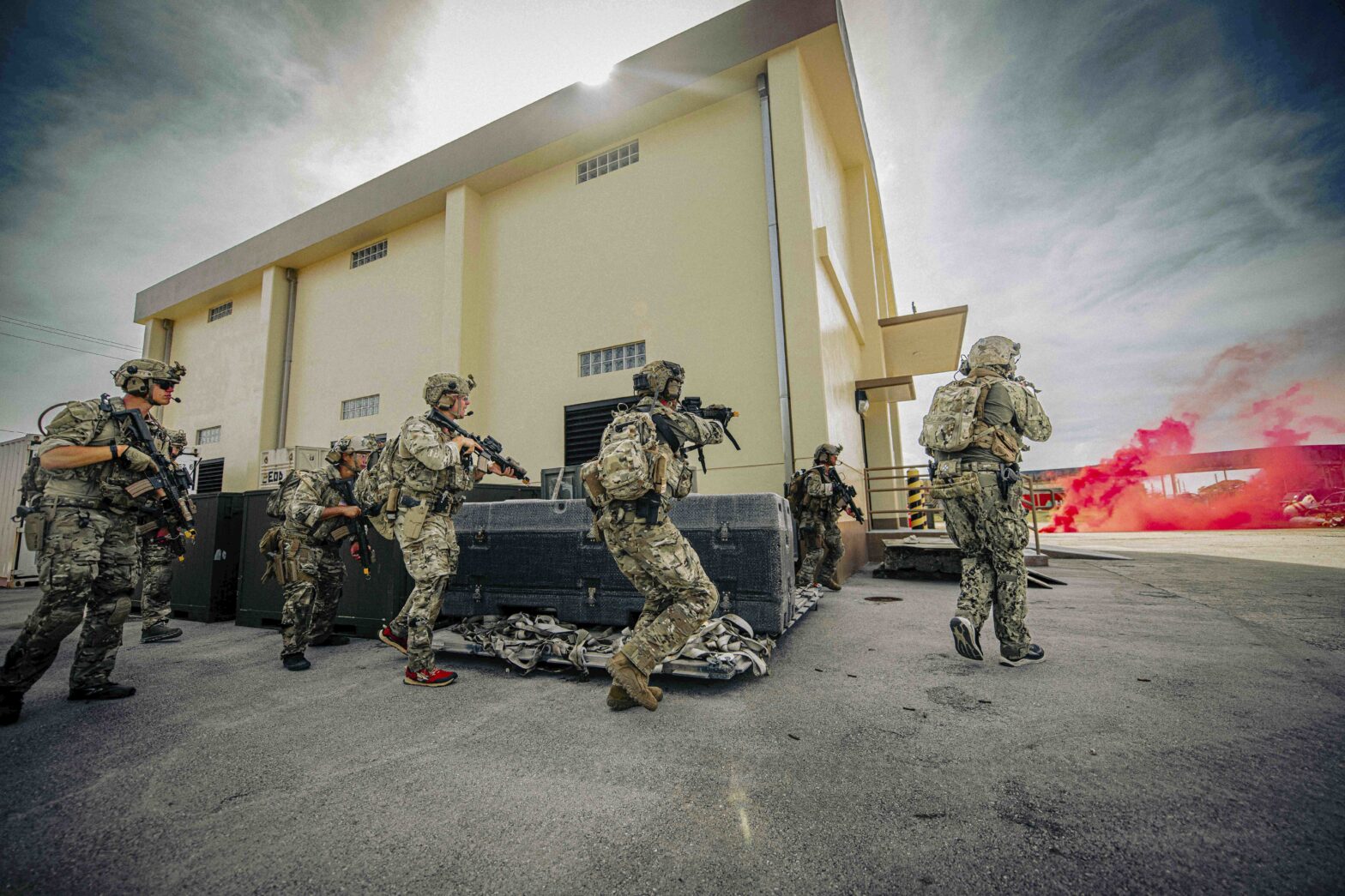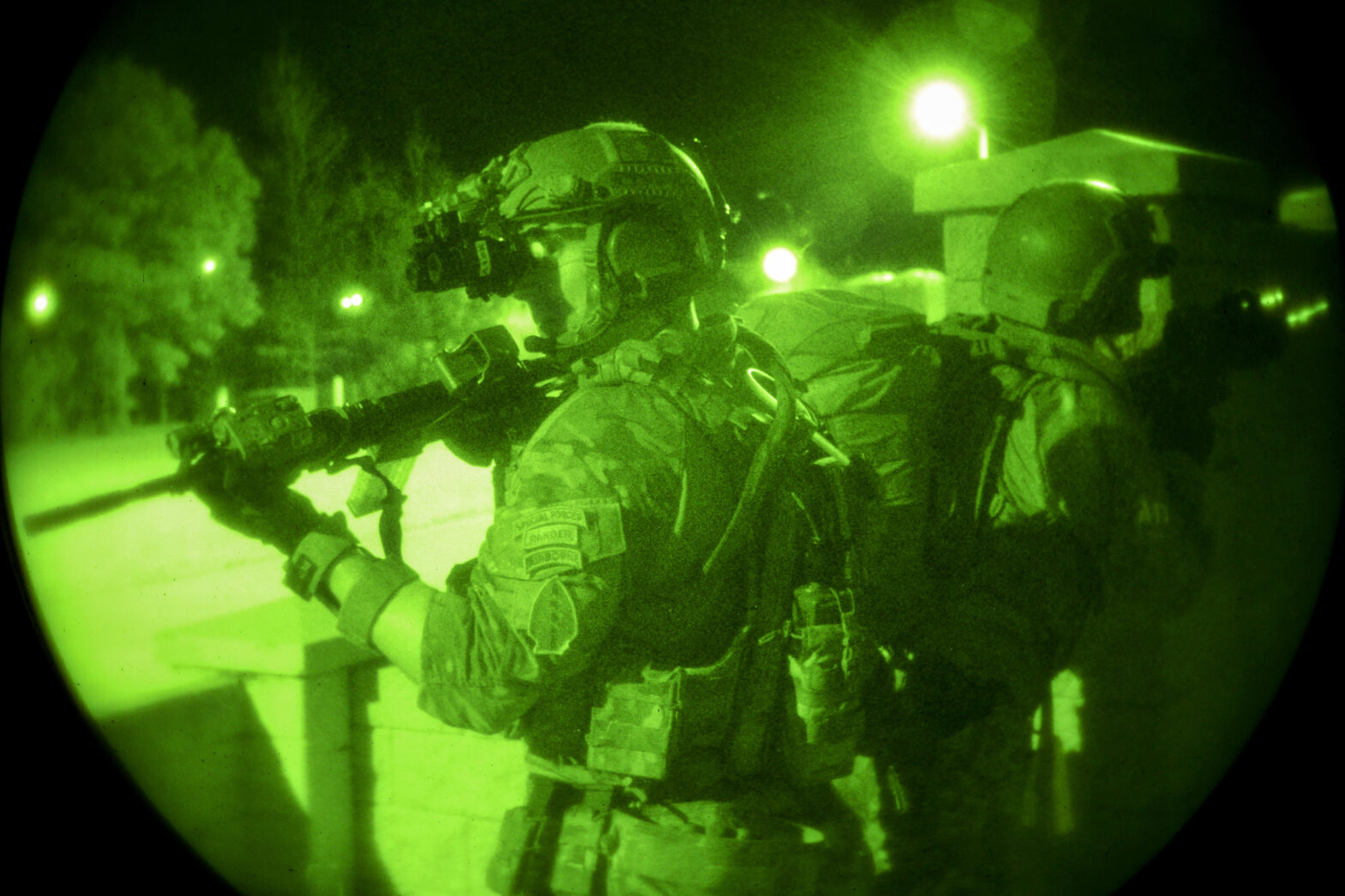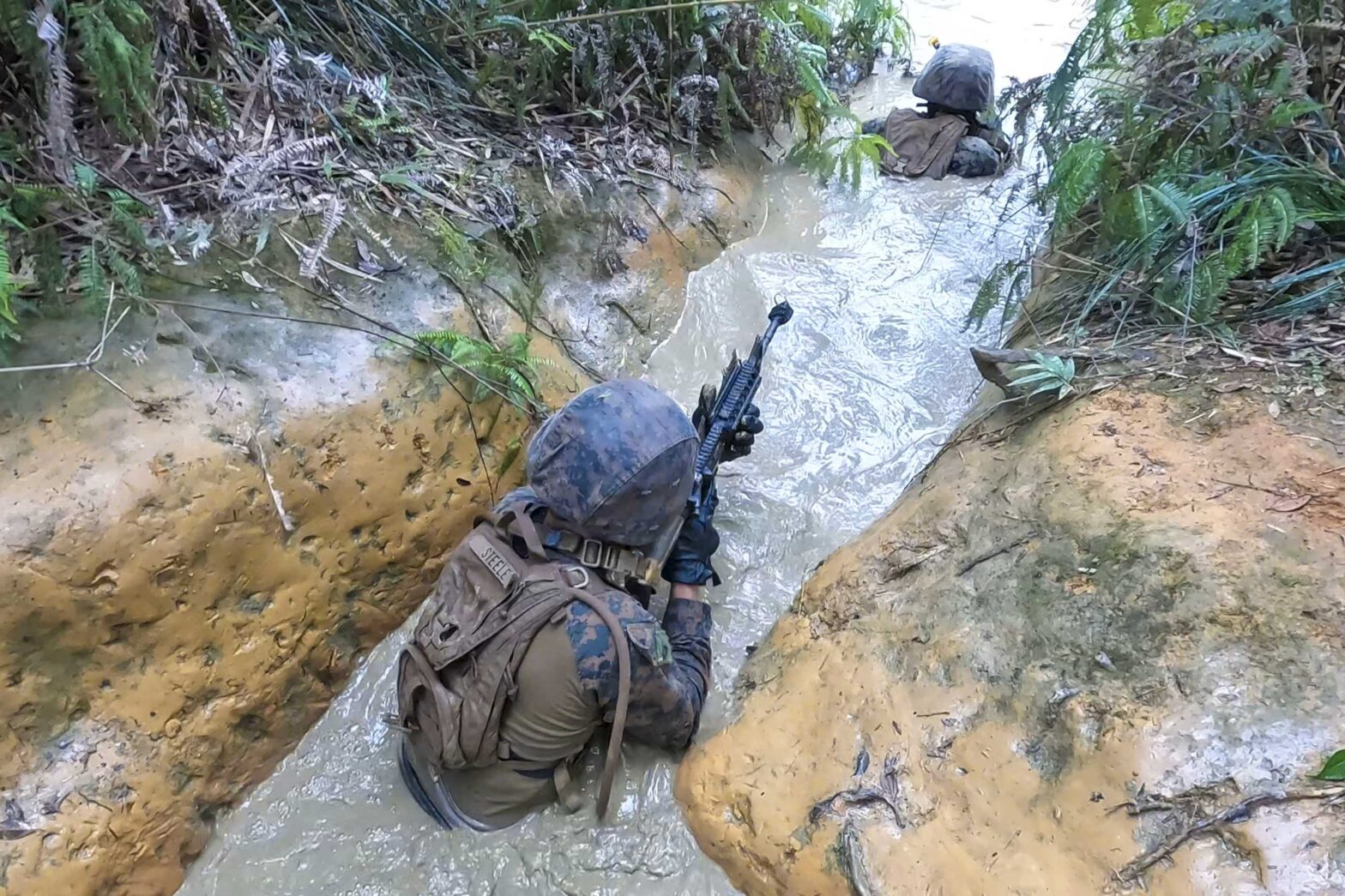A study done on U.S. Army Ranger mortarmen found that in 3 days of firing 81 and 120 mm mortar systems, the Rangers experienced cumulative blast impulses ranging from 115 psi-ms to 1,033 psi-ms. [1] A cumulative impulse greater than 25 psi-ms in 24 hours has been associated with slower reactions times. [2] These exposures… Continue reading Mortars
Tag: Performance
Training for Nighttime Air Assault Landings
Air assaults commonly occur during nighttime. While this offers a strategic advantage from an operational standpoint, it is well documented that night jumps, or landings with vision reduced, increases risk for musculoskeletal injury. [1-3] When vision is limited, or completely removed, an individual must increase reliance on their somatosensory and vestibular inputs for knowing where… Continue reading Training for Nighttime Air Assault Landings
Astronaut Training for Mars: What Tactical Teams can Learn
Astronauts undergo rigorous training in preparation for spaceflight. One challenge that astronauts face in preparation for mission to Mars is what is called sensorimotor dysfunction. During spaceflight, astronauts experience prolonged zero gravity conditions, so the sensory systems responsible for movement – vestibular, visual, and proprioception – are sending altered information to the brain than when… Continue reading Astronaut Training for Mars: What Tactical Teams can Learn
Target Training: Breacher
I’ve been building out a 12-week program on Teambuildr that develops situational awareness capabilities specific to the demands Breachers face. No matter the position, situational awareness, target focus and acquisition, and ownership of movement can all be broken down to loading the visual, vestibular, and somatosensory systems. We can just load in different ways. Here… Continue reading Target Training: Breacher
Preparing for the Future of Warfare
I have written about the importance of recognizing the impact repeated low-level blast exposures can have on readiness and lethality, and how training the sensory systems for motor control is a vital piece of the performance puzzle. Low-level blast exposures will continue to be a variable in future warfare. But I believe it is also… Continue reading Preparing for the Future of Warfare
How I Progressively Load Vergence
Vergence is a vital situational awareness capability. It is the ability to keep a target in focus with forward/backward movements. Vergence requires your eyes to move in separate directions, like “cross-eyed” as a target is moving closer to you, as well as back away from you. Vergence is important to train in tactical athletes as… Continue reading How I Progressively Load Vergence
Speed and Accuracy
Capability Development: speed and accuracy of divided focus eye movements without losing control of your footwork. Key Goals: Loss of speed and precision of movement is common with increased visual demands. As we are loading the demands on your visual system, we are increasing the demands on two other sensory systems that are important for… Continue reading Speed and Accuracy
Subconcussions and Changes in Brain Communication
One strategy researchers are using to identify subtle impacts of subconcussions is to look at changes in brain functional connectivity. Essentially this is looking at changes in which the brain is communicating. A study done on Canadian Special Operations Forces (CANSOF) included breachers and snipers who had an average of around 10 years of exposure… Continue reading Subconcussions and Changes in Brain Communication
Subconcussions and Sensory Reweighting
Repeated exposures to subconcussive impacts have been shown to reweight sensory processing to increase dependence on the visual system for postural control. [1-2] Increased visual dependence for postural control is significant, particularly in tactical athletes as they often must perform in highly visually demanding and no/low vision environments. This visual dependence for postural control typically… Continue reading Subconcussions and Sensory Reweighting
Readiness and Lethality
A study done on operators in elite Military units who had served between 10-15 years and had repeated exposures to low-level blasts (LLB) showed impaired speed and accuracy with divided focus and target following eye movements compared to controls without repeated LLB exposures. [1] These elite operators showed impaired speed and accuracy with divided focus… Continue reading Readiness and Lethality
